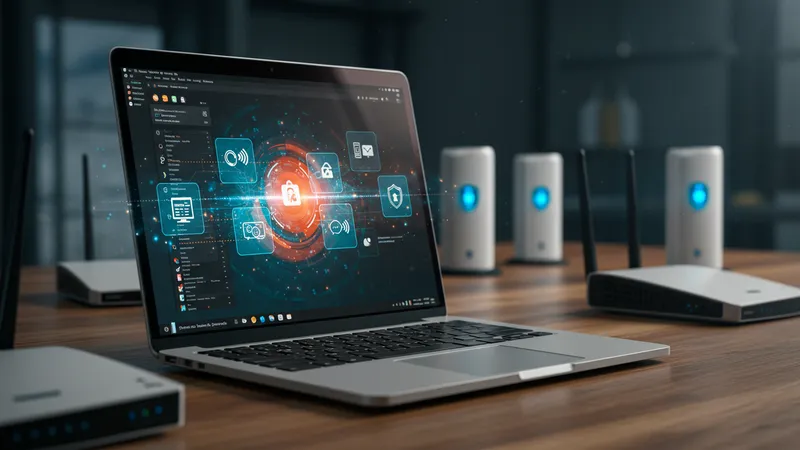
Expand Your Reach With Smart OEM Software Bundling Solutions
Imagine having your software seamlessly integrated with another company’s product before it even reaches the end user. This approach, known as OEM software bundling, empowers software developers and vendors to place their applications directly into new hardware or partnered digital products, multiplying exposure and increasing user adoption rates. It’s a method designed for mutual growth—hardware providers enhance their offering with valuable new features, while software creators see their user base expand far beyond traditional marketing channels.
At its core, OEM software bundling means that your application becomes a natural part of a larger ecosystem, such as a laptop bundled with productivity tools or routers pre-installed with cybersecurity suites. This strategy allows smaller vendors to reach fresh audiences and leverages the reputation and reach of established brands to generate credibility and user trust. By crafting smart bundling solutions, both providers generate combined value that resonates deeply with today’s tech-centric consumers.

- Dropbox Business pre-installed on Lenovo laptops
- McAfee antivirus bundled with Dell desktops
- Microsoft Office Suite partnered with HP devices
OEM software bundling accelerates discoverability, giving software products an unprecedented advantage in crowded markets. For example, Dropbox found that partnering with hardware brands resulted in tens of millions of new customers. Lenovo laptops, when shipped with pre-installed Dropbox Business, offer purchasers instant cloud storage solutions, reducing setup friction and offering clear added value at the point of sale.
Security remains a decisive factor for users, and pre-installing trusted antivirus packages, such as McAfee on Dell desktops, reassures buyers while equipping them with out-of-the-box protection. This not only adds tangible worth but also demonstrates how bundling can shape user perceptions regarding safe and ready-to-use computing environments.
Unlike standalone sales channels, strategic OEM bundling leverages the distribution power of the device manufacturer. A single agreement can translate into millions of users exposed to your application. Microsoft’s alliances to install the Office Suite on HP devices have dramatically expanded its reach into educational and business sectors without the need for traditional promotional campaigns.
Financially, effective OEM bundling can improve licensing revenue and foster long-term brand loyalty—a dual advantage made possible by baked-in exposure. Software creators and device manufacturers develop co-marketing efforts, utilize data-driven user insights, and forge multi-year contracts, maximizing value for both sides and enhancing the end-user’s overall experience.
As we explore the complexities of smart OEM software bundling, the finer points of partnership structures, user expectations, and new opportunities for innovation come sharply into view. The deeper details reveal even more valuable insights ahead…